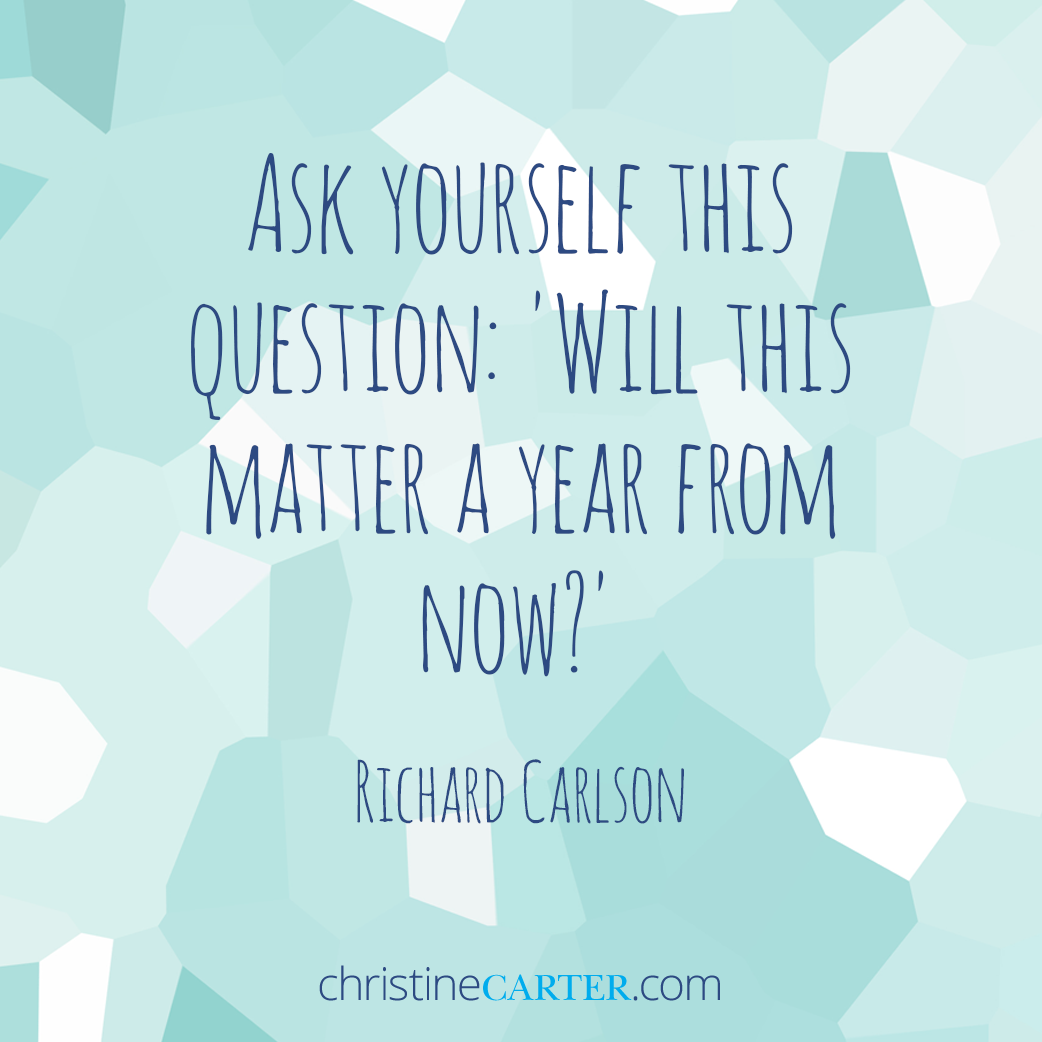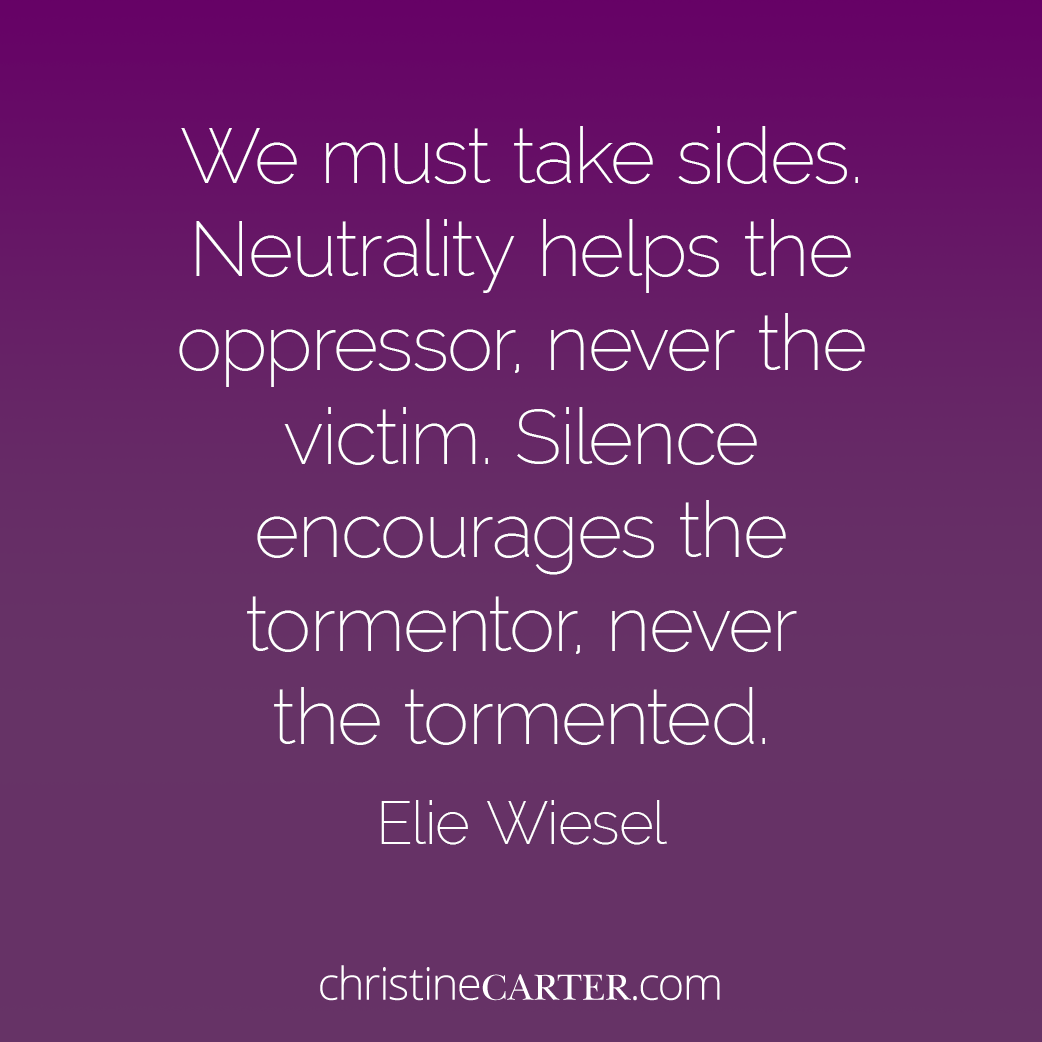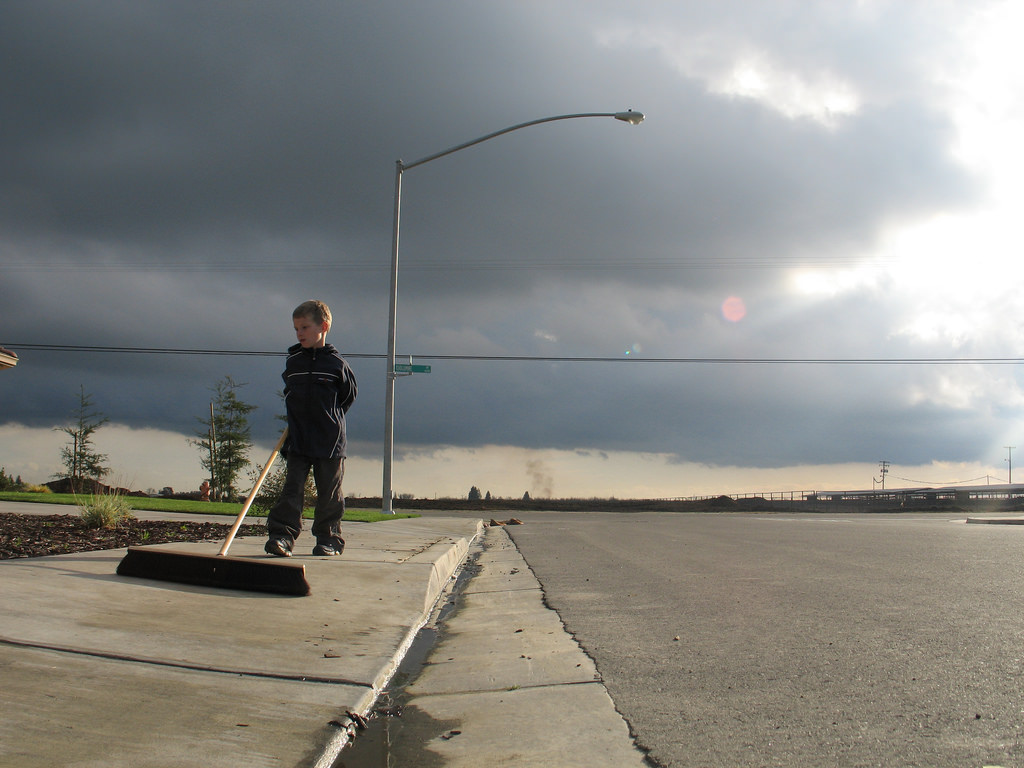There is no path to peace. Peace is the path.
— Mahatma Gandhi


There is no path to peace. Peace is the path.
— Mahatma Gandhi

The happiness of your life depends upon the quality of your thoughts. –Marcus Aurelius

“If we have no peace it is because we have forgotten that we belong to each other.”
Mother Teresa

Busy women tend to struggle with similar challenges. We get overwhelmed. We take care of others before we take care of ourselves. We question our careers, our parenting, our marriages, and our priorities. We feel like we aren’t good enough.
But we know what we want. We want to be seen by people who “get” us. We want to do meaningful work. We want amazing relationships with our spouses, our friends, and our children. We want the peace that comes with acceptance and self-compassion and self-care. We want to enjoy the small moments. We want to focus on what’s important. Most of all, we want to enjoy this life that we’ve worked so hard to create.
We want all this even though life is hectic and uncertain, even though we are not always (or ever) in control. Here’s the thing: It isn’t enough to know what we want.
We also need to know how to get what we want. Using behavioral psychologist Sean Young’s framework, below are 10 steps for getting better at reaching our goals — I hope you find them practical and useful in helping you get more of what you want in your life. While here I use my desire to exercise more as a model, this can obviously be applied to many things. (I’ve created a goal-setting worksheet here in the hopes that will make it easier, too.)
1. First, state the big goal. What would you like to accomplish in the next three months or so? My hope is that I’ll get back to an efficient, but well-rounded exercise routine that includes a little stretching, strength training, and aerobic exercise in about 20 minutes, six days per week.
This isn’t a ton of exercise, but because I can do it in so little time, it is realistic. (Six days a week seems ambitious, but I have given myself the option of combining days, for three longer workouts if, say, I’m traveling or something.) One thing I’ve learned a million times, over and over: realistic is better than sexy. I’ll take a small success over an ambitious failure any day. Small successes show us that we really can change our behavior in a lasting way.
2. Next, break this larger idea down into long-term goals. Long-term goals take up to three months to accomplish. My long-term goal is that by the end of the year, I’d like to have had 10 “streaks,” or weeks in which I have completed my exercise plan.
3. Break it down again, into short-term goals, which take one to three weeks to accomplish. I have three short-term goals:
4. Now break your goals down into very specific, ridiculously easy baby steps. What can you do today? Tomorrow? My first step was to call my friend Aaron, a trainer, who put together the exercises for me. Today, a baby step is to learn the warm-up stretches he gave me. Try to break your baby steps down until they are so easy you feel little or no resistance to them.
5. Set up your environment to make things easier. Our environment dramatically influences our behavior. We like to think our behavior is all our personality and preferences, or that it’s the strength of our iron-clad will that determines our success, but actually, we are hugely influenced by the people, places, and technology that happen to be in close physical proximity to us. This means that to be successful in reaching our goals, it’s very helpful to set up our environment to make things easier, to create what are called structural solutions. This usually means removing temptations—if your goal is to stop checking your phone while you drive, keep the phone in the trunk. And make sure that what you need is easy and convenient—if your goal is to eat more kale, keep a lot of kale in the fridge, and a list of restaurants that serve it.
I made exercising even easier for myself by moving my yoga mat and other equipment into my office. I workout at four in the afternoon, when my attention at work is starting to flag and I’d rather exercise than work…and everything I need is right behind me!
6. Involve other people, even if you are an introvert. We humans can often get ourselves to do something we might otherwise resist if it makes us feel more a part of a tribe or a clan—if it deepens or increases our social connections in some way. Other people can also work as a bit of external willpower, getting us to do something we’d rather blow off.
I scheduled a series of Skype calls with Aaron, both so he can make sure that I’m doing the exercises correctly and because I look forward to talking to him. I can tell you that if I didn’t have a call with him today, I’d be very tempted to push my workout time out a little bit, so that I can finish this post. For me, changing the routine is a very slippery slope—10 more minutes at work can easily become 20 and then 40…until it’s time to make dinner and there is no time for exercise.
7. Identify why your goal is important to you. Think less about what you want to achieve and focus in on how you want to feel. Identify a “why” for your goal that will motivate you over the long haul.
We do better when we let go of our logical reasons for why we want to do something. Why? Because research shows that good, solid, logical reasons for doing something—like exercising because we want to lower our blood pressure or ward off cancer—don’t actually motivate us over the long haul. It turns out that emotions are far more motivating than achieving goals in the long run.
So shoot instead for a feeling-state that you want more of (for example, maybe you want more happiness, confidence, or calm). I want to establish this exercise routine because I know it will increase my energy. Feeling awake and energetic is very important to me.
8. Make it a part of your identity. As in: I am a person who exercises. I’ll be tracking the days I exercise, so that I can look back and see: Yup, I’m an exerciser. Collect evidence that you are the type of person who does whatever it is that you are trying to do.
9. Make the behavior more enticing. We human beings pursue rewards: a pretty little cupcake, attention from a mentor, a sense of accomplishment. When our brains identify a potential reward, they release dopamine, a feel-good chemical messenger. Dopamine motivates us toward the reward, creating a real sense of craving, wanting, or desire for the carrot that is being dangled in front of us.
Rewards need to be immediate or, even better, built into the routine when possible. This is why I listen to audiobooks while I exercise; when I look forward to listening, I make exercise more enticing.
10. Make the behavior more habitual. Once a behavior is on autopilot, everything is easier—we don’t need much willpower to enact our habitual behaviors. Can you make your behaviors related to accomplishing your goal habitual in any way? Do this by anchoring behaviors in existing habits or routines, or even a schedule, using a When/Then statement: “When I do X, then I will Y.” For me, it’s “When it’s 4pm and the reminder pops up from my calendar, then I will exercise.”
What are your goals? What behaviors will you need to change in order to reach your goals? Leave them in the comments below.

“Ask yourself this question: ‘Will this matter a year from now?'”
— Richard Carlson

“We must take sides. Neutrality helps the oppressor, never the victim. Silence encourages the tormentor, never the tormented. “Sometimes we must interfere. When human lives are endangered, when human dignity is in jeopardy, national borders and sensitivities become irrelevant. Wherever men and women are persecuted because of their race, religion, or political views, that place must – at that moment – become the center of the universe.”
― Elie Wiesel
H/T: Chelsea Clinton

We have four teenagers headed to high school — two of them 9th graders at new schools this week. Remember how nerve-wracking it can be starting high school? I can never resist offering a little advice at an occasion like this!
I’ve made a lot of happiness mistakes. I know you will make some of those same mistakes. But there are certain things I’ve finally learned that I hope you learn earlier than I did.
For starters, the best way to be happy is to make kindness the central theme in your life. Usually we think that happiness comes from getting what we want. But what I know now is that happiness comes not so much from getting, but from GIVING. It turns out that happiness usually doesn’t come when we’re thinking about ourselves, or about what we want.
So when you are feeling down, or disappointed, the best way to get your happiness mojo back is by helping someone else.
The second thing is that to be happy, we need to let ourselves feel what we feel. We live in an age of anxiety, and when we feel stressed out (or sad, or disappointed) our world offers us a host of ways to numb those negative feelings, to not really feel them. We can spend hours on Facebook avoiding our feelings. Or we can have a cocktail to “take the edge off” our fears. Or we can eat that whole pan of brownies. The problem is that when we numb unpleasant feelings, we numb everything that we are feeling.
So to honestly feel the positive things in life — to truly feel love, or joy, or profound gratitude — we must also let ourselves feel fear, and grief, and frustration. Your emotions are how your heart talks to you, how it tells you what choices to make. If you want to be happy, you need to practice feeling, to practice listening to your heart. This is the way to know who you are and what you want.
Finally, to be happy we need to forget about achieving, and instead focus on the journey. Many of your peers will spend their time striving for more: more money, more stuff, a bigger house, a faster car, more popular or important friends, more prestigious jobs. But when they arrive wherever they have been working so hard to get to, odds are, they’ll feel let down. (And, to be honest, it’s usually worse than just feeling let down. They may find, after working 12 hour days year after year, that despite their awards and achievements, they wake up one morning to see in the mirror an exhausted and unhappy person fast-tracking it to old age and loneliness.)
I know from experience how easy it is to think thoughts like, “If I could just earn more money…” or, “If I could just live in that city…” or, “If I could just get into that school…THEN I could be happy.” But when we think things like that, we’re almost always wrong about what will make us happier. Instead of wishing you were somewhere else, enjoy where you are. Right now. You are always already right where you need to be.
As Katherine Center once said: “You are writing the story of your only life, every single minute of every day.”
My greatest hope for you is that you are writing a story in which you can experience great gratitude, and profound compassion. I hope you are writing a story in which you are happy.
Together we’re leading our most joyful, intelligent, productive, and stress-free lives. Learn more or enroll now here.
Special thanks to Marielle and Macie, who put together this video; to Blake Farrington who got it started; and to Gonzalo Brito, who played the guitar piece in the background.

This excerpt is from a series about how we choose to spend our time in my online course, Science of Finding Flow.
We assume that Westerners are best motivated on the job by our own interests— money, prestige, what’s in it for us, what we’ll get, not what we give. But actually, research clearly shows that we humans are best motivated by our significance to other people. We’ll work harder and longer and better—and feel happier about the work we are doing— when we know that someone else is benefiting from our efforts.
This link will take you to the rest of class. See you over there!
This post is taken from “The Science of Finding Flow,” an online course I created as a companion to my book The Sweet Spot: How to Accomplish More by Doing Less. Want to take the course? It’s free! Just click this The Science of Finding Flow tag. Enjoy!

“Every girl must decide whether to settle for adoration or to fight for love.”
–Glennon Doyle Melton

“Work is not man’s punishment. It is his reward and his strength and his pleasure.”
–George Sand
1) Do some planning around the chore you need your child to do. How can you make whatever it is you are trying to motivate your children to do more playful and more purposeful?
2) Practice making requests of your children using the ERN method:
Show Empathy,
Offer Rationale, and
Use Non-controlling language.
Instead of trying to do all three of these things at once, just start with one and build from there. For example, I started with the thing that came least easily for me–using non-controlling language. Once I was in the habit of not-being-so-bossy, I started practicing showing more empathy, and finally, I was able to add in the use of rationale. Better to learn to do this slowly and build an effective habit than get overwhelmed and stop trying early on.
Please come back to this post and let us know what works. Your success stories help others see how they, too, can be successful. So go ahead and brag when something is going well for you! And definitely don’t hesitate to ask questions or for support.
This video is the 3rd in a series about boosting emotional intelligence from The Raising Happiness Homestudy. Check out the rest of the Homestudy here.
![]() If you would like to download the audio version of this video to listen to in your car or on the go, click the link below.
If you would like to download the audio version of this video to listen to in your car or on the go, click the link below.
DOWNLOAD THE AUDIO VERSION HERE.